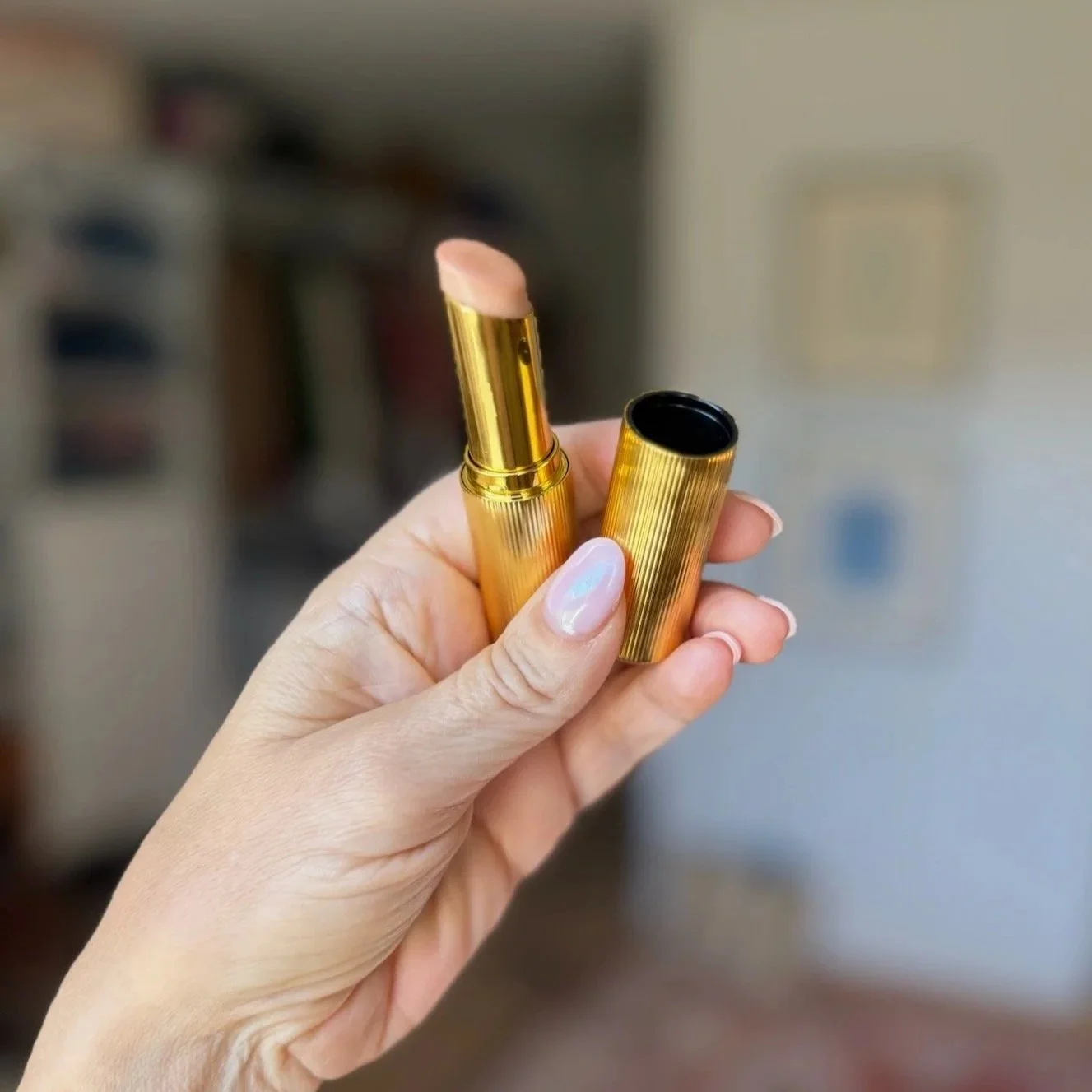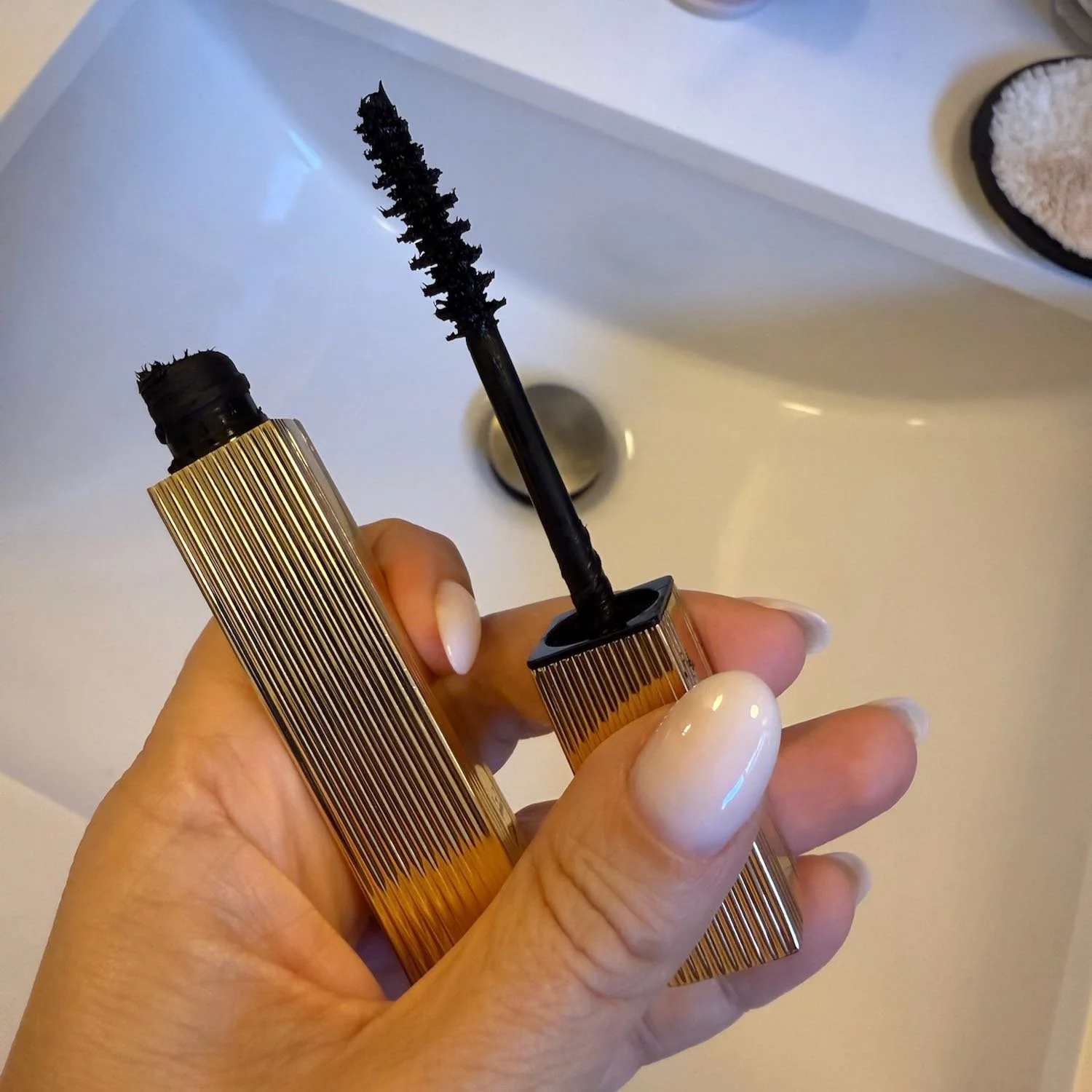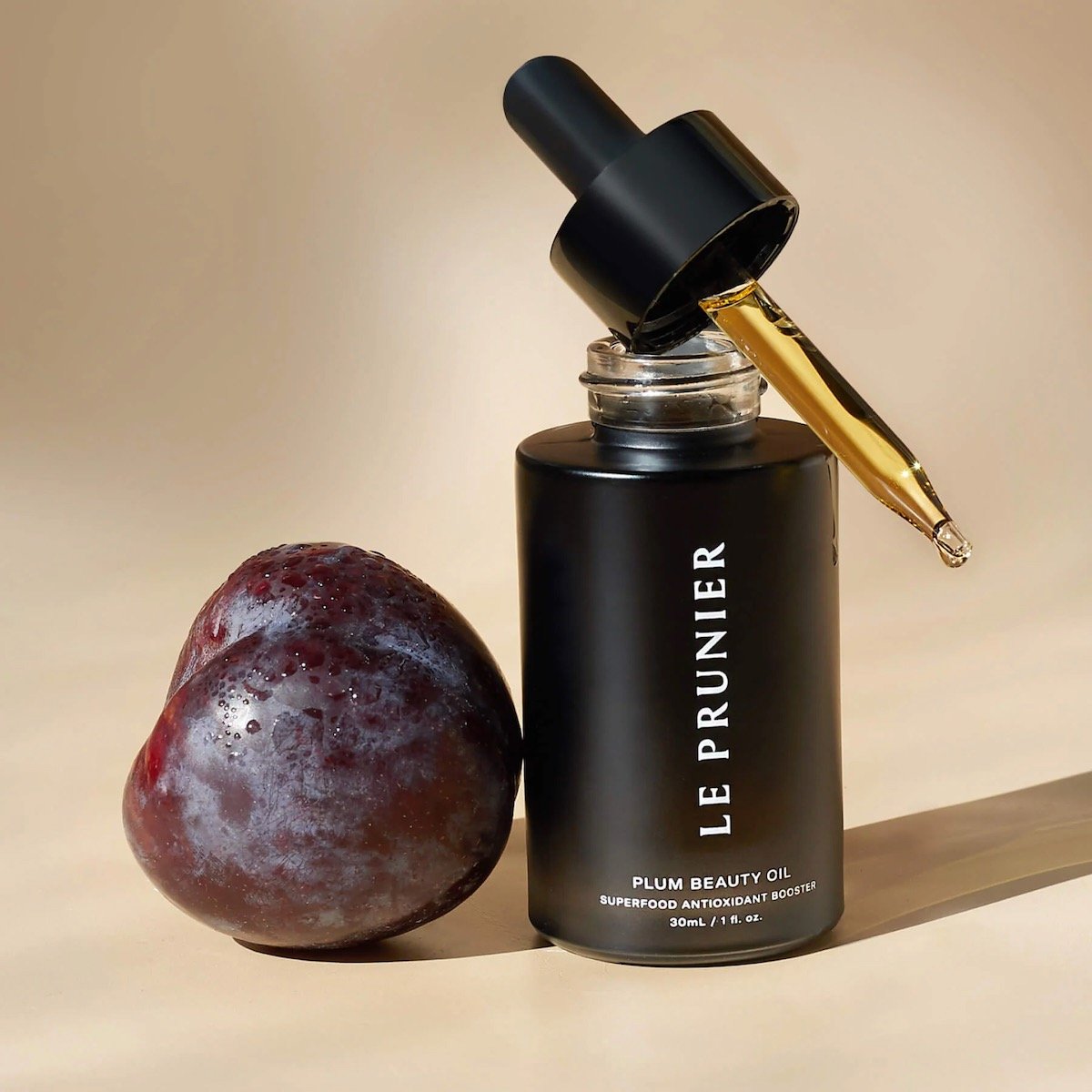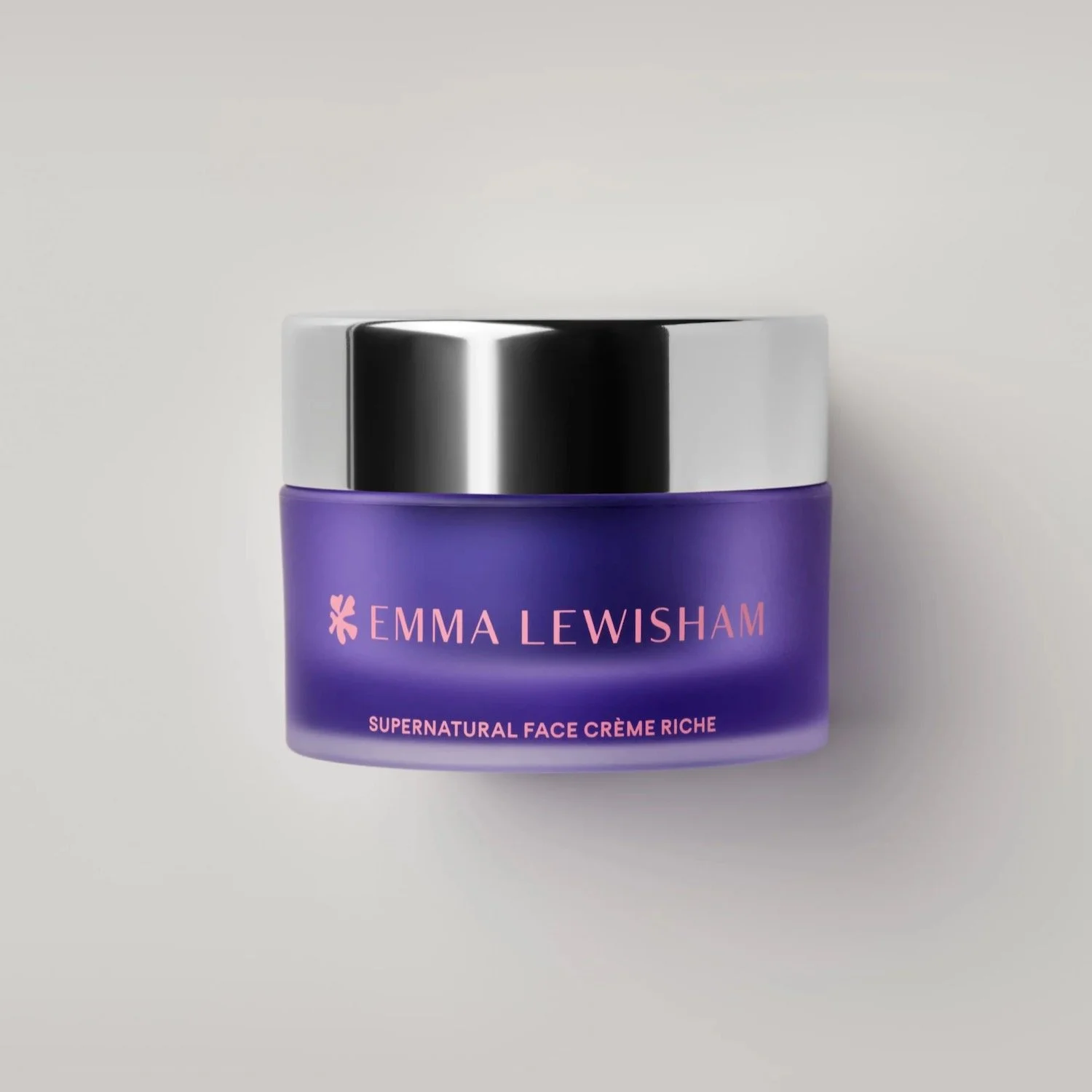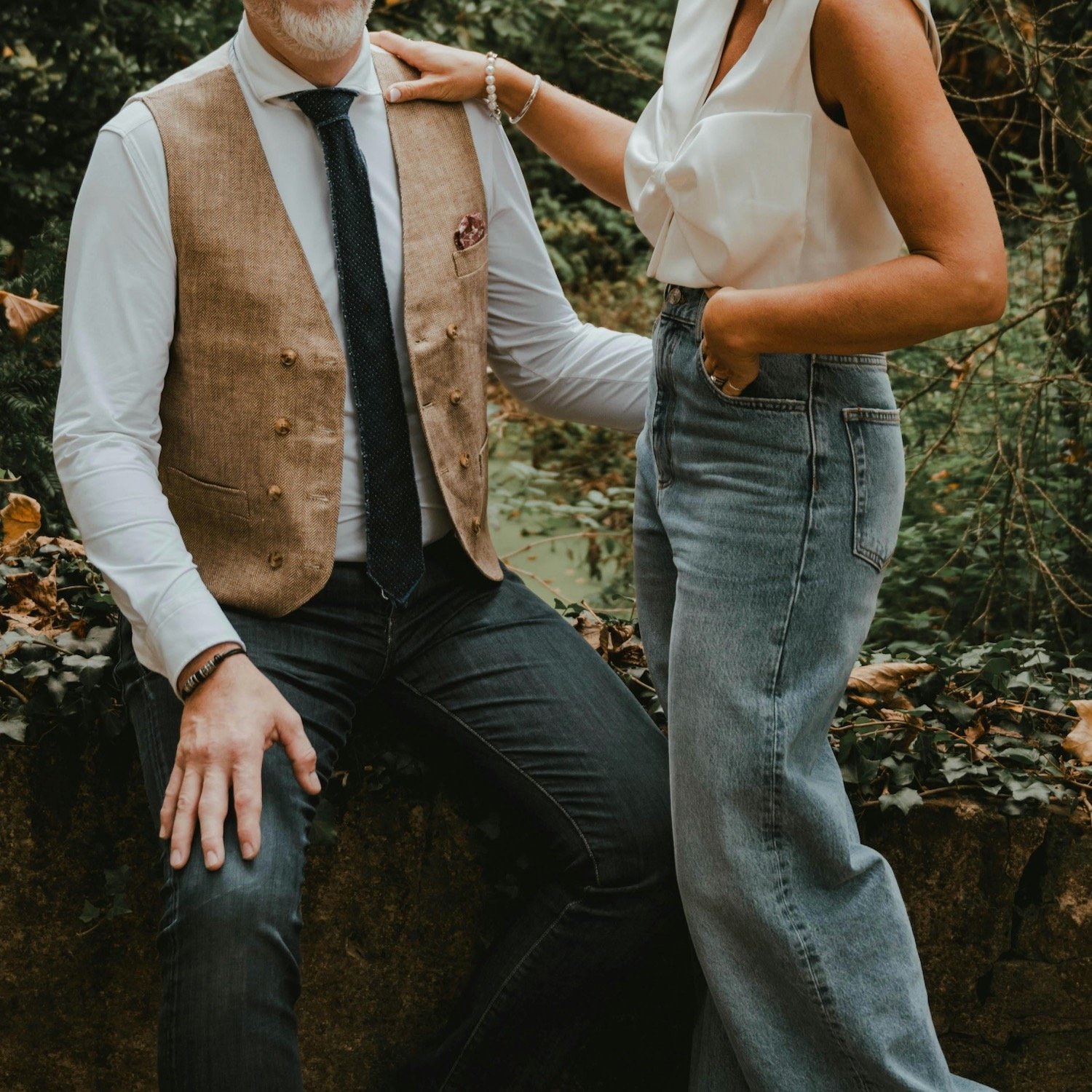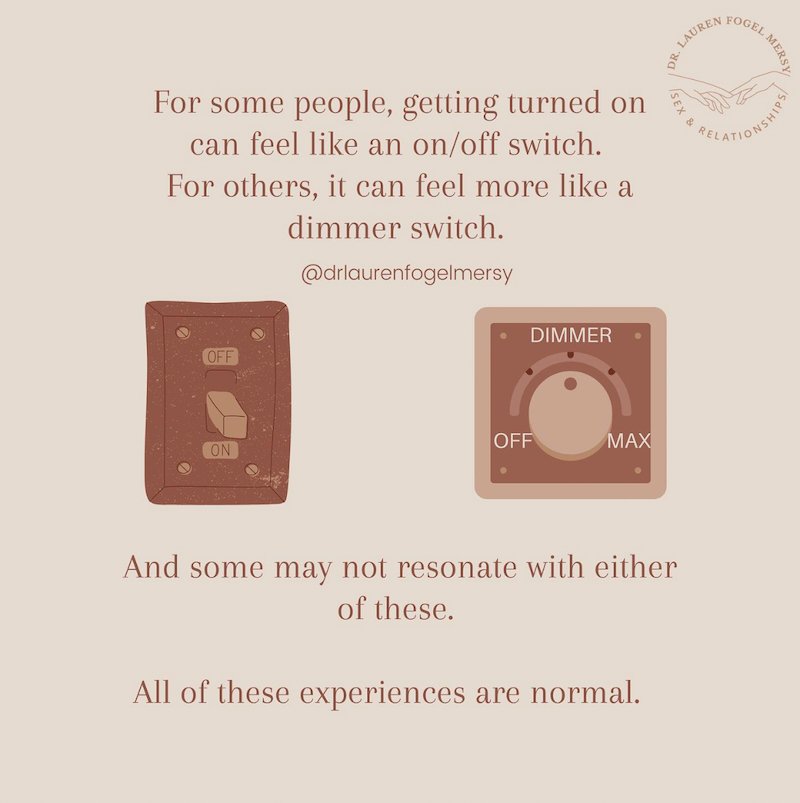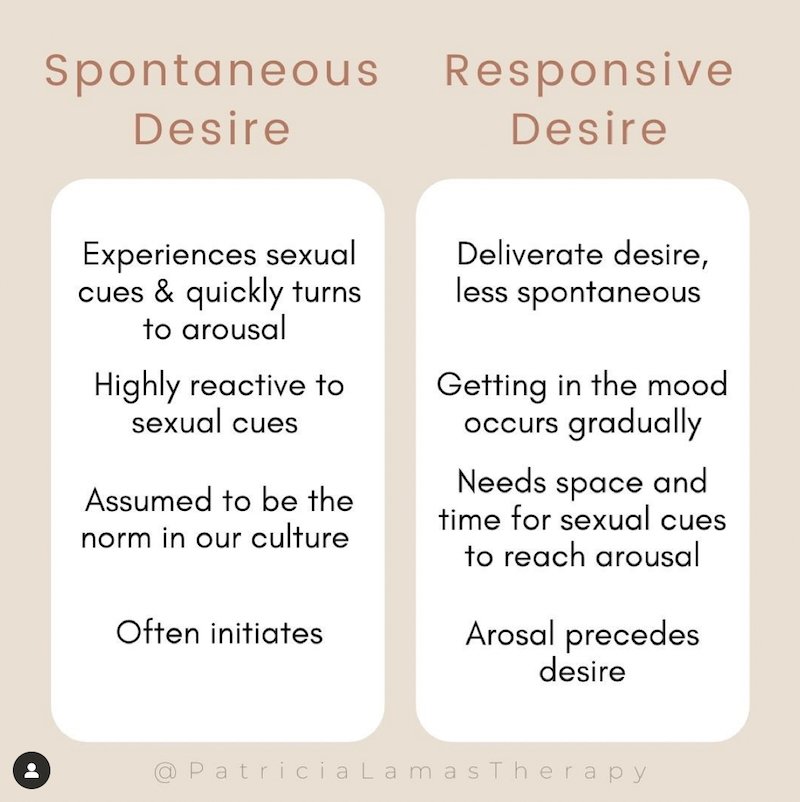This Little-Known Idea Is Crucial For Women To Want To Have Sex With Their Spouses
by Marissa Pomerance
If you’ve been married for 20 years and still having sex with your partner daily, you may click out of this article now. But for the rest of us— that desire to just spontaneously jump in the sack at the drop of a hat (or a pant) after years of marriage? Yeah, that’s gone.
And whether it’s just a temporary rut or resentment from having zero energy after a full-time job and full-time kids and full-time management of the house, for some of us, sex might feel like just another chore we have to cross off our to-do lists. Which is not sexy, or conducive to, you know, having any sex drive whatsoever.
We want to want to have sex. We just…don’t. And we don’t know where to begin.
That is, until we spoke to Dr. Cheryl Fraser, Psychologist and sex therapist, who’s written about sexual desire for The Gottman Institute. She framed sexual desire in a completely new way for us, which made us question everything we thought we knew about why we do/don’t want to have sex.
According to her, there are two types of desire. And here’s where we go wrong— we always strive for one, when we should be striving for the other.
The problem: we prioritize spontaneous desire.
According to Dr. Fraser, the two types of sexual desire are called “spontaneous” and “responsive” desire.
Just reading those two terms themselves might have cracked this idea wide open for you. But if you want to know more, here’s a brief explainer.
Spontaneous desire is “when we feel immediately horny with little or no lead time. Our tongues touch, or we remember sex from another night, and we’re very quickly turned on,” explains Dr. Fraser. We might’ve had this when we first started dating our spouse— a kiss goodnight, or a brief touch was enough for us to feel flooded with desire.
Spontaneous desire is, typically, what most of us consider THE only way to feel “in the mood” when our partner turns to us and says, “you wanna have sex tonight?”
And this is where we run into problems. Since spontaneous desire is the prevailing understanding of arousal, we expect ourselves to feel ready for a good romp in the sack at a moment’s notice, and then punish ourselves when we inevitably don’t.
“Unfortunately, people mistake this glorious roller coaster of lust as the only ‘real’ desire,” says Dr. Fraser. “But the biochemistry of early love and lust dies down. Sadly, too many couples think they are broken, or with the wrong person, once spontaneous desire has left the building…in other words, unless they feel spontaneously turned on, they don't have sex. Which means…they rarely have sex.”
Ummm. Ding ding ding!
The solution: responsive desire.
According to Dr. Fraser, the alternative to “spontaneous desire” is “responsive desire.”
Simply put, responsive desire is feeling turned on in response to something, not just instantly or spontaneously or without prodding.
Imagine you and your spouse are watching TV in bed one night. The kids are asleep. The daily tasks are done. Neither of you are thinking about sex or feeling turned on. But one of you turns to the other and asks, “do you want to have sex?”
Of course, TV and movies and romance novels would lead us to believe that this is NOT sexy. That we should both look at each other, dramatic music swelling in the background, and instantly lunge at each other, inspired by sudden, carnal lust.
But that is not real life. So instead, explains Dr. Fraser, even if neither of you are really “in the mood,” imagine what might happen if you choose to exercise responsive desire. Maybe, she says, “you choose to be open to exploring. Perhaps you start with a naked cuddle. You nuzzle and nibble necks. Maybe you reach into the bedside drawer for some massage oil to drizzle and caress. As you play, your body and mind begin to pay attention and to respond.”
In this scenario, “you mindfully create desire by taking action,” Dr. Fraser suggests.
Why we should embrace responsive desire.
On the surface, the idea of responsive desire can be a bit scary— starting to engage in kissing, cuddling, and sexual play if we’re not feeling “in the mood” might feel like a recipe for discomfort or inevitable rejection.
Which is why we’re discussing it in the context of trusting, communicative, long-term partnerships and marriages. Relationships in which both partners feel totally comfortable communicating their boundaries and limits.
Because when practiced thoughtfully, responsive desire could be THE key to fostering a healthy sex life in marriage. “If you wait around for spontaneous desire—which is less and less common as you spend more time together as a couple—you will have infrequent sex and/or not a lot of passion or excitement. If you wait around for spontaneous desire, you may be waiting a long time,” says Dr. Fraser.
“But when you intentionally schedule sex, or begin to make love whether or not you are in the mood,” you might rediscover your sex drive— even if it’s a newer, less flashy one that revolves less around pure lust, and instead embraces friendship, trust, and appreciation.
Dr. Cheryl Fraser is a Psychologist, Sex Therapist, and author of Buddha’s Bedroom. You can sign up for her free couples’ masterclass HERE. Follow her on Facebook, Youtube, and take her Passion Quiz.
Marissa Pomerance is the Managing Editor of The Candidly. She’s a Los Angeles native and lover of all things food, style, beauty, and wellness. You can find more of her articles here.


